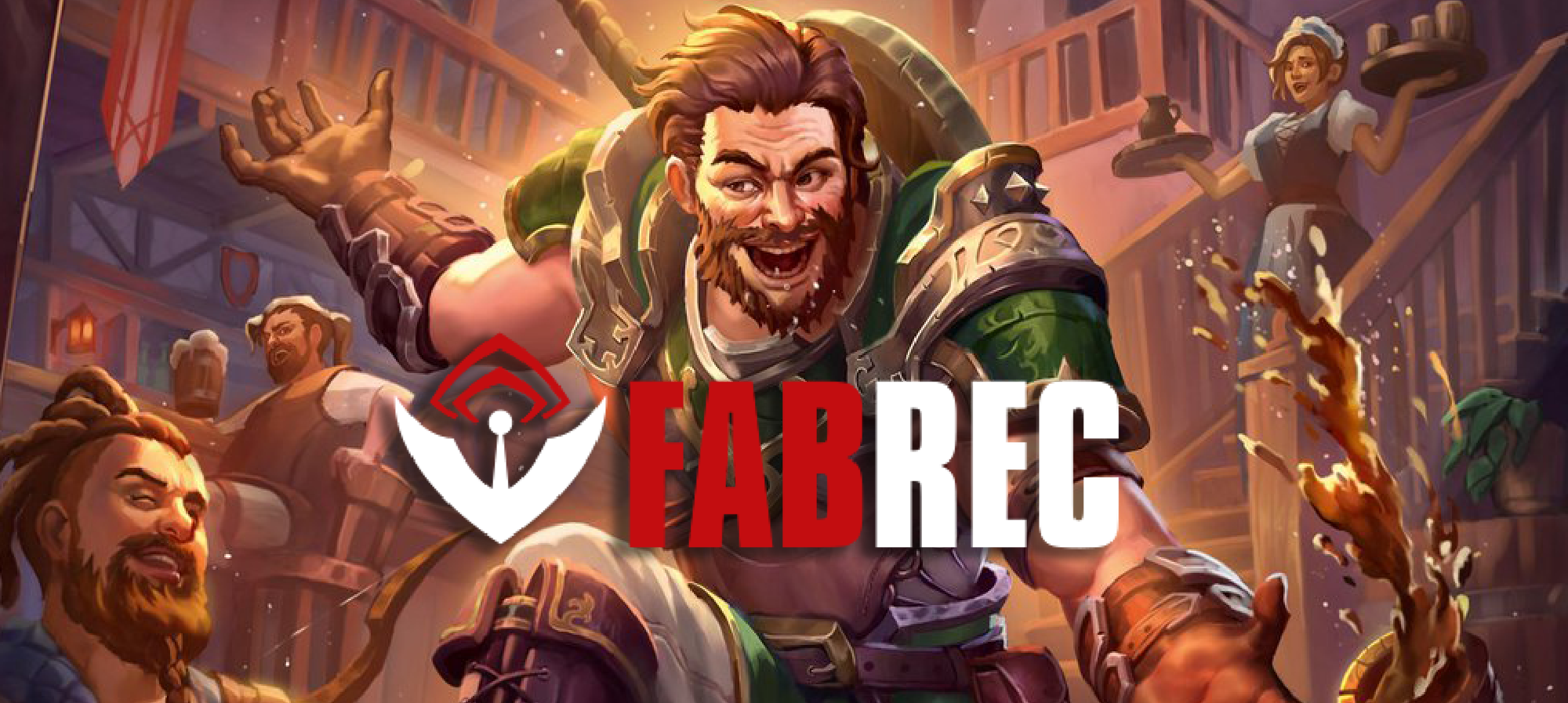The Alchemist’s Coffer: Pet Cards and Finding a Home for Them

(Even Bigger Than That! | Art by Ramza Ardyputra)
Favorite Isn’t Always Best
So with that little accident out of the way, let’s talk about “pet cards.” What is a pet card, exactly? They can most easily be explained as a favorite card that you always want to try and fit in a deck, even if it doesn’t always work out. Think of things like Coax a Commotion and Even Bigger Than That!, cards that have very unique effects, but aren’t exactly powerful. Even if there’s not always power behind the cards you love, you can always find a spot to make the card work, either as a last card or a niche piece of the main plan.
Each card has its own strengths and weaknesses. Even if not apparent, those hidden strengths can improve the deck they are used in, sometimes in an unconventional way. The more unique a favorite card is, the more interesting the possibilities are available when building a deck with that card in mind. If you can find a home for that favorite card of yours, not only will you be able to play with something you love, but also it will help shine a light on it.
Wildcard in the Deck, Ace in the Hand
Now that we know what a pet card is, let’s get into how you should try to make it work in a deck. Using Coax a Commotion as the example once more, let’s analyze the strengths and weaknesses of the card so we can figure out where it fits in our game plan.
Coax has a cost of zero, which means that it can be targeted with cards like Snapdragon Scalers and Razor Reflex for go again and a power buff. With a base power of four, Coax gets to ask for two cards or a defense reaction if your opponent doesn’t want the on-hit to apply. Speaking of on-hit, Coax has a very unique one in that it’s both symmetrical and modal that your opponent gets access to first, unless you can give Coax go again. Should it hit, you get to give everyone at the table a draw, a life, or a Quicken token in any combination of the three. This is great for any deck that wants to be aggressive, but equally as dangerous since your opponent gets the benefit as well.
So with knowing what the card does, now you can find a home for it, be it an aggressive deck looking to get as much advantage as possible before your opponent can, or a more controlling shell that leverages the modes to set up for a painful turn further down the line. Now that’s just Coax, and every card has its own version of this analysis of how to draw out its strengths. Some cards won’t always have the same strengths and weaknesses of others, but that’s what makes every card unique. With a card like Sandscour Greatbow, it shapes your deckbuilding to play into a game plan that compliments the weapon or just Shock Charmers encouraging all-out aggression and letting other cards fuel your damage.
Tailor Made for What You Love
With all the cards available in Flesh and Blood, I’m sure you’ll find a card that you can make your favorite, and in time you may just make a deck around it. Some of them may be more viable than others, that’s all but guaranteed, however it’s not always about how good or viable something is. Sometimes you just play something because you like it, and that’s just fine. Not everything people play has to be hyper-competitive, sometimes you can just make a deck to have fun and show off some cards you like, not necessarily in Blitz or Classic Constructed, but Ultimate Pit Fight as well.
Format and viability don’t always matter, just have fun and play what you enjoy for fun, that’s why we choose the games we play after all. Regardless of if it’s breaking the parity with Coax a Commotion and Talisman of Tithes, sneaking in lethal damage with an unblockable Regicide, finishing it all with a single Amplifying Arrow, or any number of unique options available. I just hope you’ll find a card to call your own, and have some fun making it shine.